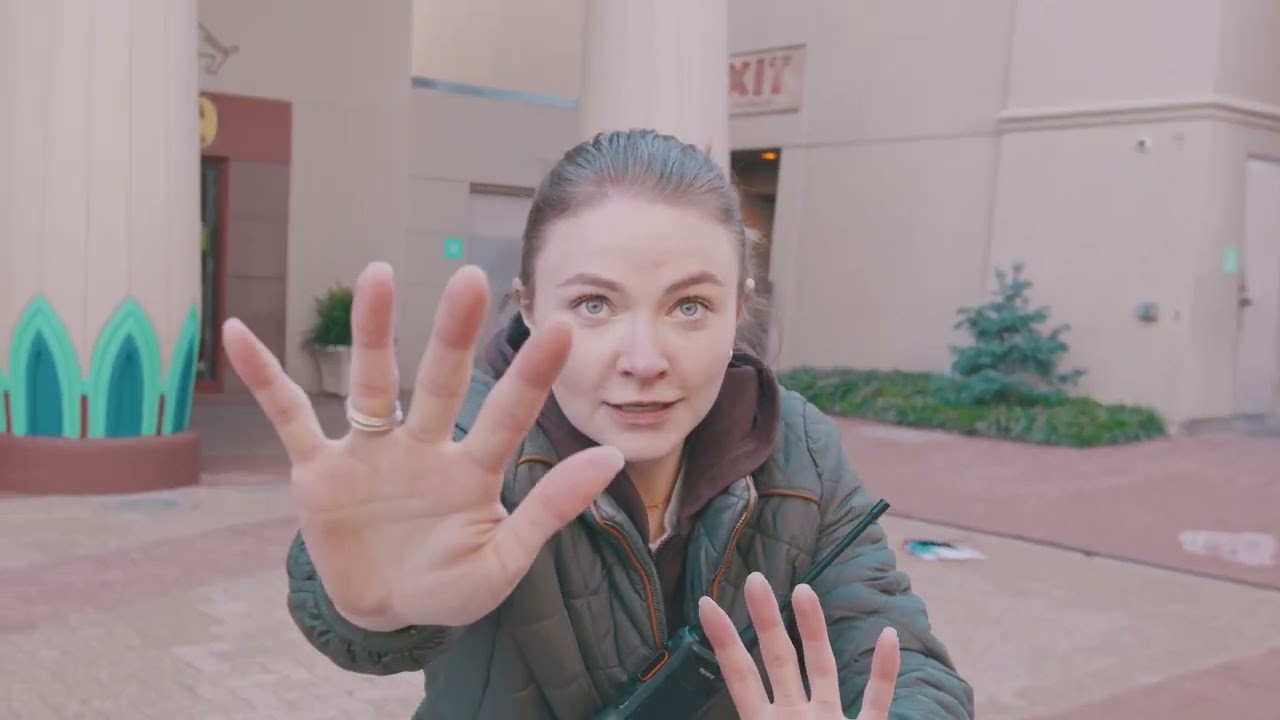– The educational value and importance of zoos in wildlife conservation
– The role of zoos in public understanding and engagement with biodiversity
– Key considerations in zoo management for animal welfare
– Strategies for effective wildlife conservation in and out of zoo settings
– The detailed dynamics of the “Dino Escape!” video, its depiction, and implications for conservation awareness
Zoos play a critical role in wildlife conservation, serving both as sanctuaries for endangered species and as educational platforms for the public. Their function extends beyond the confines of entertainment, embedding profound educational value and necessity in their operation. This article aims to dissect the layers of zoo management and wildlife conservation and how educational tools like “Dino Escape!” contribute to a broader understanding and engagement with biodiversity.
Zoos, inherently, are not just spaces for family outings but critical centers for conservation science. The management of these institutions involves a delicate balance between providing care for the animals that mirror their natural habitats and offering an educational experience for visitors. The welfare of the animals is paramount, with specialized diets, enrichment activities, and habitats designed to stimulate their natural behaviors. Moreover, zoos are instrumental in breeding programs for endangered species, often serving as the last bastions against extinction.
Their experiences at such institutions significantly shape the public’s perception and understanding of biodiversity. Exhibits and interactive experiences like “Dino Escape!” are pivotal in this educational mission. By simulating thrilling and thought-provoking scenarios, they manage to capture the public’s imagination, providing memorable encounters with life-like representations of dinosaurs. This direct engagement fosters a deeper appreciation and curiosity for the natural world, bridging the gap between prehistoric life and the lessons it offers for contemporary conservation efforts.
However, the effectiveness of zoos and exhibit-based learning platforms hinges on the accuracy and responsibility with which they portray wildlife and prehistoric creatures. “Dino Escape!” is a fictional scenario that offers the opportunity to discuss real-world concepts such as habitat encroachment, biodiversity’s significance, and extinction’s ripple effects. These platforms can elevate the public’s conservation literacy by weaving factual elements with engaging narratives, equipping them with knowledge and empathy toward wildlife preservation efforts.
The global picture of wildlife conservation extends beyond the gates of zoos. Conservation efforts span diverse ecosystems, focusing on protecting habitats, restoring populations of endangered species, and combating the challenges of climate change and human encroachment. Zoos often participate in these wider conservation initiatives, contributing research, funding, and public awareness campaigns. The synergy between in-situ (on-site) and ex-situ (outside natural habitat) conservation strategies underscores the multifaceted approach needed to tackle the current biodiversity crisis.
In discussing “Dino Escape!” and its portrayal, it is essential to critique and ensure the content serves as a bridge to broader conservation messages. While fiction, such scenarios should be rooted in plausible scientific theory and present opportunities to discuss current environmental challenges. The engagement factor of “Dino Escape!” lies not only in its thrill but in its potential to inspire action and awareness about wildlife conservation.
Effective wildlife conservation in and out of zoo settings demands a comprehensive strategy incorporating public engagement, scientific research, and cross-sector collaboration. With their dual role as conservation centers and public educators, Zoos are at the forefront of this mission. The key to their success lies in their ability to communicate complex environmental issues in a manner that is accessible and engaging to the general public.
Educational programs and interactive exhibits like “Dino Escape!” exemplify this approach, using storytelling and immersive experiences to connect individuals with the natural world. By fostering a deep appreciation for wildlife and an understanding of the delicate balance ecosystems maintain, zoos empower visitors to become advocates for conservation. The critical message is that every species plays a vital role in the health and stability of ecosystems—be it a towering dinosaur of the past or the smallest insect buzzing in our backyards today.
The educational value of zoos in fostering an environmentally conscious society cannot be overstated. As habitats continue to shrink and species face the threat of extinction, the role of zoos in wildlife conservation becomes ever more relevant. Through careful management, educational outreach, and active participation in global conservation efforts, zoos stand as vital bastions in the fight to preserve the richness of our planet’s biodiversity.
The interplay of zoo-based conservation, public education, and initiatives like “Dino Escape!” highlights the multifaceted approach necessary for effective environmental stewardship. As we marvel at the wonders of the natural world, from the prehistoric to the present, it becomes clear that our collective efforts in conservation are not just a moral obligation but a necessary response to ensure the survival of the incredible diversity of life on our planet.
*****
Source Description
Last week, an incident occurred involving one of our dinosaurs from MZ Dino Park. Thankfully, our media team was present and able to document the recovery process, and we can assure you the dinosaur was safely returned to his enclosure. Please note: if you are on the grounds and see a dinosaur walking around, do not buy it ice cream, no matter how many times they ask…


